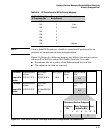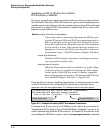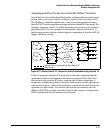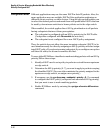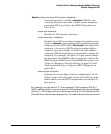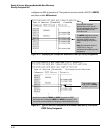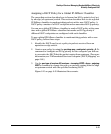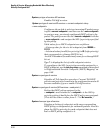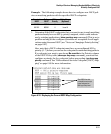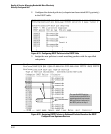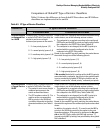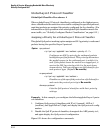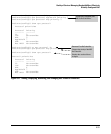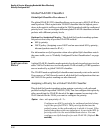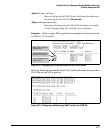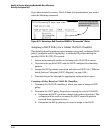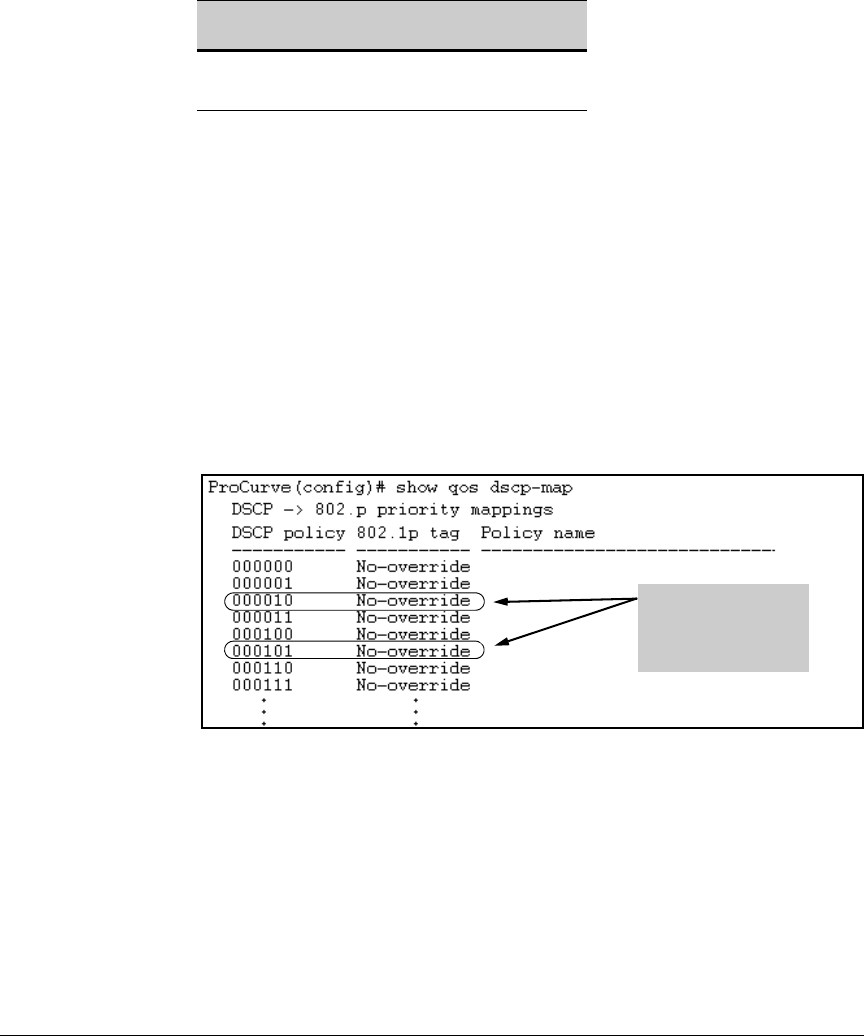
Quality of Service: Managing Bandwidth More Effectively
Globally-Configured QoS
Example. The following example shows how to configure new DSCP poli-
cies on matching packets with the specified DSCP codepoints.
Received Policy 802.1p Policy Name
DSCP DSCP Priority (Optional)
001100 000010 6 Level 6
001101 000101 4 Level 4
1. Determine if the DSCP codepoints that you want to use to mark matching
packets already have an 802.1p priority assigned, which could indicate
use by existing applications (show qos dscp-map command). This is not a
problem as long as the configured priorities are acceptable for all appli-
cations using the same DSCP (see “Notes on Changing a Priority Setting”
on page 6-91).
Also, note that a DSCP codepoint must have a preconfigured 802.1p
priority (0 - 7) before you can use the codepoint to mark matching packets.
If a codepoint you want to use shows No-override in the Priority column
of the DSCP Policy table (show qos dscp-map command), you must first
configure a priority for the codepoint before proceeding (qos dscp-map
priority command). See “Differentiated Services Codepoint (DSCP) Map-
ping” on page 6-88 for more information.
The DSCPs for this
example have not yet
been assigned an
802.1p priority level.
Figure 6-18. Displaying the Current DSCP-Map Configuration
6-51



